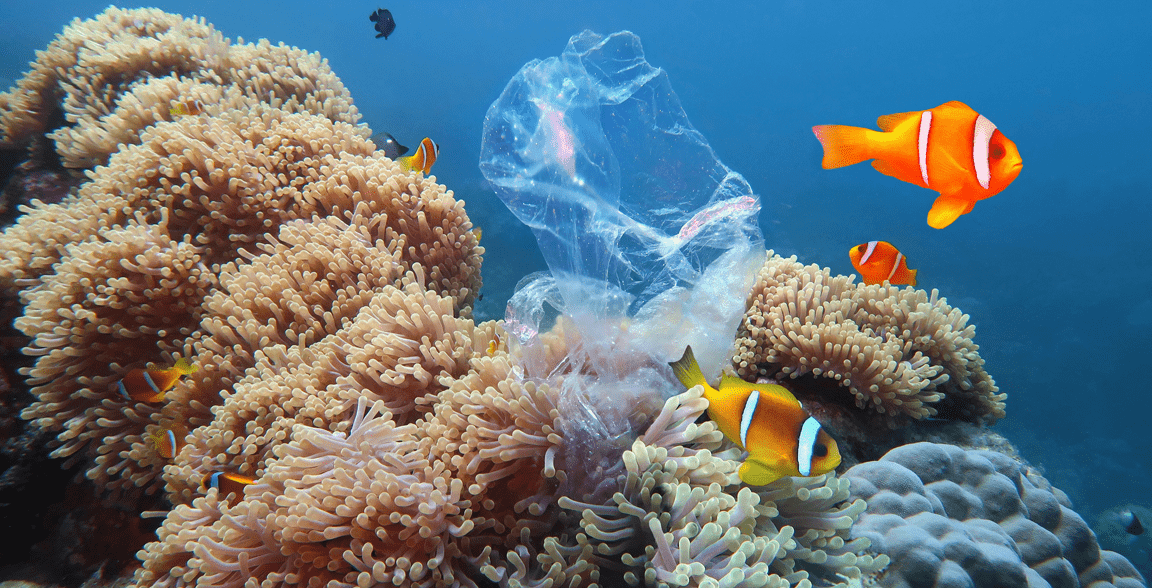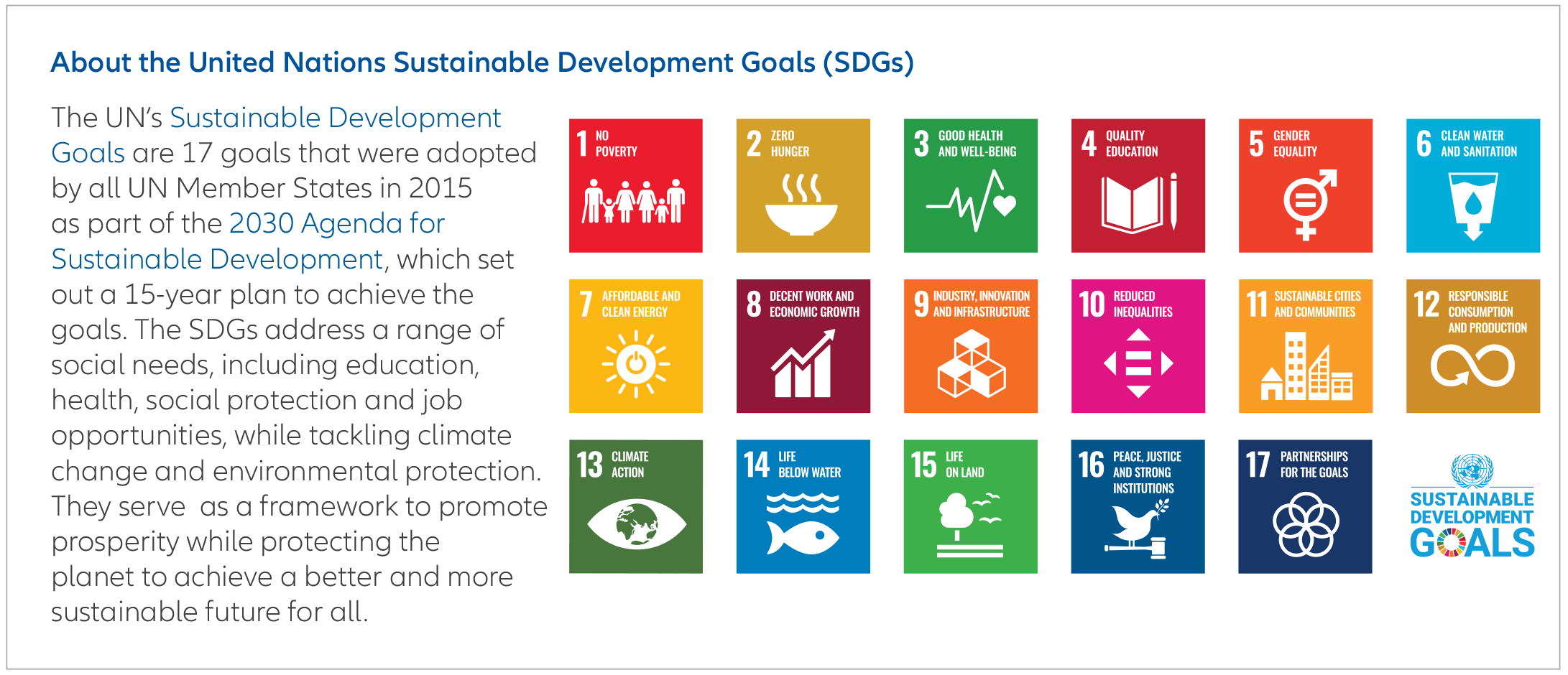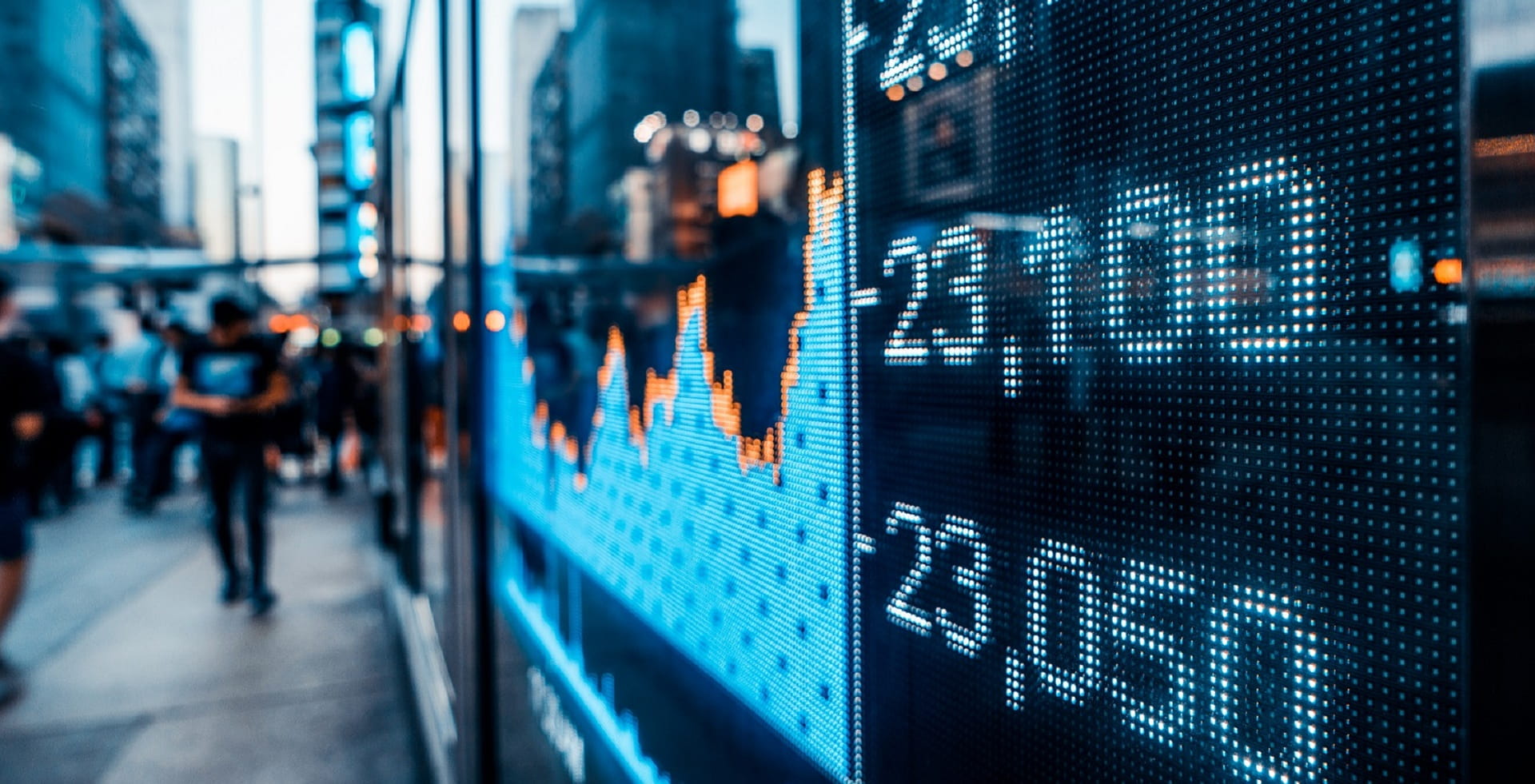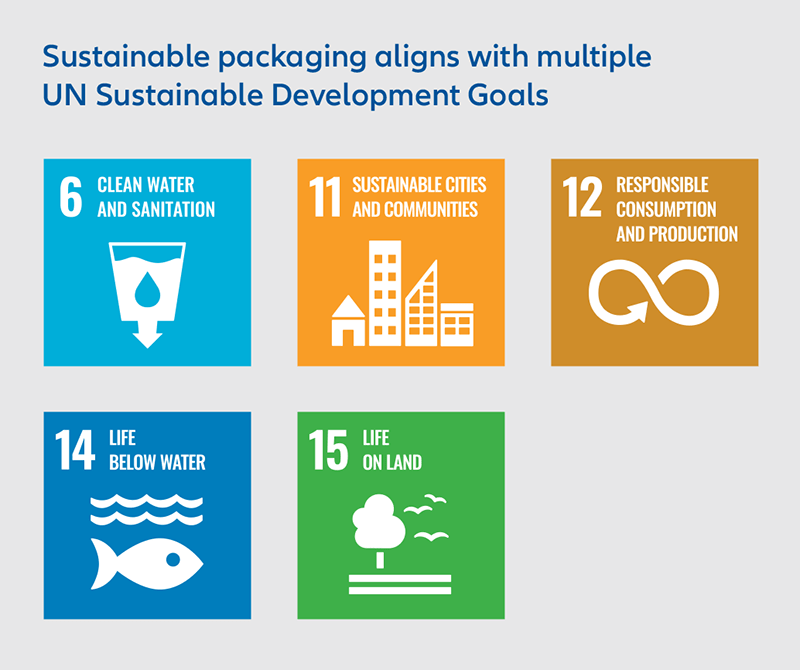SDG aligned | Thinking outside the box – Sustainable packaging

Summary
One urgent issue crosses multiple UN Sustainable Development Goals: reducing the vast amount of waste the world creates. Moving from plastic to sustainable packaging would mark a great leap forward – and many corporations are already doing their part. This gives investors a way to support the drive for less wasteful consumption and a cleaner planet.
Key takeaways
|
Thinking outside the box: Sustainable packaging is good business
Building a sustainable planet requires making the global economy more “circular” – one that is restorative and regenerative, not destructive and disposable. This requires eliminating excessive waste and emphasising reusing, remanufacturing and recycling the materials we use every day. But what if waste were never created in the first place? Addressing the problem of plastic packaging could help eliminate one of the largest sources of waste in the world:
- Plastic packaging is cheap and effective – but it has an average lifespan of only six months, and we recycle only around 14%.1
- Due to additional value losses during sorting and reprocessing, only about 5% of plastic packaging is reused for packaging while most of the remaining 9% is used for lower-value applications. That means approximately USD 80 billion to USD 120 billion worth of plastic packaging leaves the economy (in the form of waste) every year.2
- Plastic packaging contributes almost USD 40 billion worth of greenhouse gas emissions and other environmental damage every year.3
Sustainable packaging can be a solution – and an investment opportunity
Since only a small amount of plastic is eventually recycled, and since it is difficult to recycle plastic more than once, plastic recycling alone can’t be a long-term solution for building a circular economy. Nor would it be possible to reduce consumption enough (and thereby reduce packaging) without drastically slowing the global economy. Focusing on sustainable packaging, on the other hand, would help limit the volume of waste quite effectively.
So what is sustainable packaging? It involves rethinking the packaging of goods all along the supply chain – from design to transportation to consumption – to limit waste and maximise efficiency while minimising negative side effects. This is, of course, easier said than done. But if investors and industries could align and find a solution, the benefits would be enormous.
Creating a sustainable-packaging model would also align with several of the United Nations Sustainable Development Goals (SDGs) that focus on building a cleaner planet for the future.
- SDG12 (Responsible Consumption & Production) emphasises waste generation through prevention, reduction, recycling and reuse.
- Targets associated with SDG6 (Clean Water & Sanitation) and SDG11 (Sustainable Cities & Communities) focus on ensuring clean sanitation and building sustainable communities by reducing the environmental impact on cities through effective waste management.
- Building a cleaner planet relates directly to SDG14 (Life below Water) and SDG15 (Life on Land), which both focus on protecting marine, coastal, terrestrial and inland freshwater ecosystems.
Corporations are taking notice of the benefits of sustainable packaging
The sustainable-packaging market is expected to grow from USD 246 billion in 2018 to almost USD 413 billion by 2027 – a 6.2% annual growth rate.4 Notably, several corporations are stepping up their efforts in new ways:
- One multinational consumer goods company introduced 100% recycled bottles, made from 10%ocean plastic and 90% post-consumer recycled plastic, for one of its household brands. It also collaborated with one of the world’s largest ecommerce players to redesign packaging for another popular household product, using 60% less plastic and 30% less water.
- A multinational retailer partnered with a biomaterials company to produce a 100% biodegradable mushroom-based solution that biodegrades in a matter of weeks –as opposed to polystyrene, which doesn’t decompose for thousands of years.
- Perhaps one of the most innovative solutions in use today is a biodegradable natural plastic that was specifically created to reduce waste in large water bodies like oceans and lakes. This packaging solution is 100% plant-based – made from renewable resources such as corn starch, potato starch and used cooking oil – making it safe for aquatic animals to consume.
Sustainable packaging is supported by consumer demand and government legislation
In a recent consumer survey by Boston Consulting Group, almost three-quarters of 15,000 respondents said they would pay more for products with environmentally friendly packaging, and nearly one-fourth would pay an additional 10% or more. More than two-thirds of respondents also said sustainable packaging was an important factor in their purchasing decisions.5 Legislators are taking action as well. The European Union, for example, has committed itself to ensuring that all packaging is recyclable and reusable by 2030.6 Kenya is also among one of the many developing nations that are banning various forms of disposable packaging; Kenya’s ban on the production, import, sale or use of single-use plastic containers went into effect in June 2020.
However, sustainable packaging will only be truly viable with international cooperation, a broad-based change in people’s behaviour and sufficient investment. One of the best-case scenarios for funding the necessary infrastructure required to redesign packaging that is reusable, recyclable or compostable would cost approximately USD 30 billion per year.7 But the packaging and consumer goods companies that adjust their business models early will likely be beneficiaries of this trend. For investors, this provides a significant opportunity not only to seek attractive returns through investments in companies seeking sustainable-packaging solutions, but to support the sustainable goals that will lead us to a circular economy and a cleaner planet.

1. Ellen MacArthur Foundation, “The New Plastics Economy”
2. Ellen MacArthur Foundation, “The New Plastics Economy”
3. United Nations Environment Programme, Trucost, “Valuing Plastic”
4. Research & Markets, “Global Sustainable Packaging Market Outlook: Industry Analysis & Opportunity Evaluation”
5. Boston Consulting Group, Trivium Packaging “2020 Global Buying Green Report”
6. European Commission, “A European Strategy for Plastics in a Circular Economy”
7. Ellen MacArthur Foundation, “The Circular Economy Solution to Plastic Pollution”
Preparing for the reference rate change

Summary
After the Financial Crisis, InterBank Offered Rates (IBORs) were declared unreliable by Regulators and new Alternative Reference Rates that are transactions-based have been developed to substitute these indices. Consequently, most of the IBORs will cease to be published from December 2021. As IBORs are used in a broad range of financial products and contracts, market participants need to be prepared and work on a plan to move away from them.
Key takeaways
|






